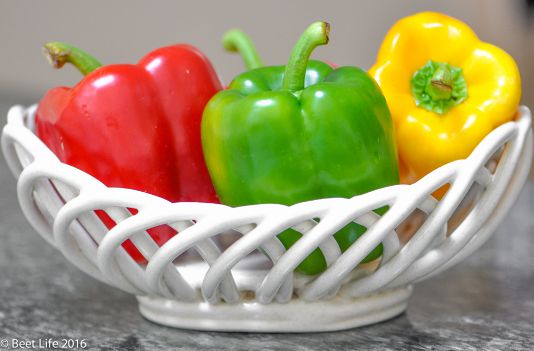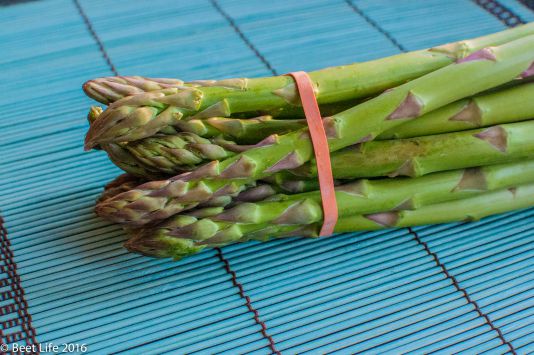Five Effective Strategies For Resolving Disputes
1. Ask open-ended questions.
It is important to ask open-ended questions in order to identify the other person’s position and interest. Open-ended questions invite a narrative and paints a more accurate picture of what the problem is. For example,
You SHOULD NOT say:
Do you regret your decision?
Do you want to compromise?
You SHOULD say:
How do you feel about your decision? (open-ended)
If I am willing to do [...],
what are you willing to do? (open-ended)
2. Focus on the problem.
Suppose there is a dispute between over uncleaned dog poop in one neighbor’s lawn.
Neighbor: This is not the first time your dog
made my life difficult! He also bit my
daughter last summer! That dog has to go!
You: Your daughter threw a rock at my dog!
Neighbor: That's a lie!
During a heated conversation, it is highly likely that the conversation can get out of topic. In these situations, you should remind the parties in conflict or the person you are in conflict with to focus on particular issues. For example:
Read More

